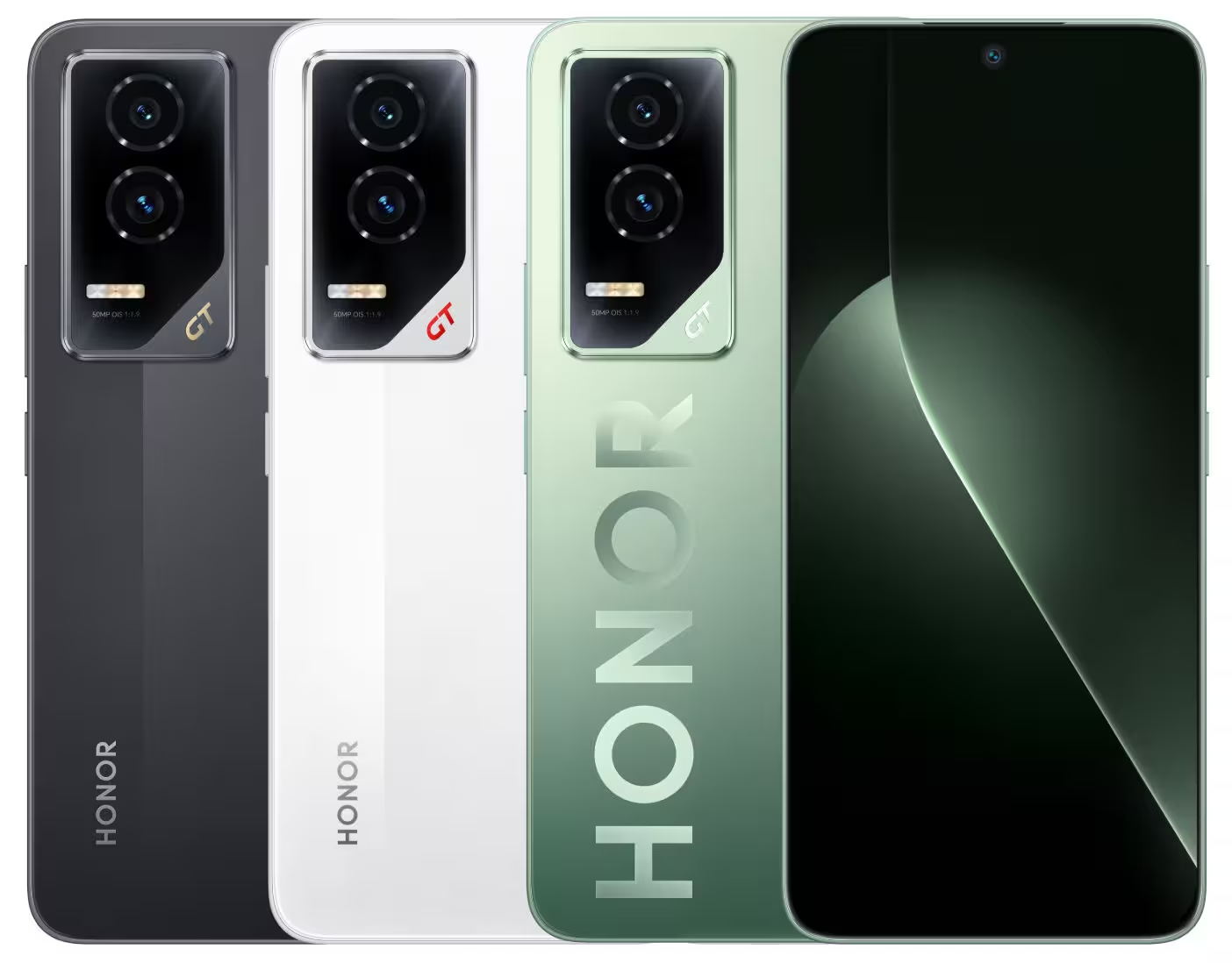3 Minutes
Honor is reportedly testing a smartphone with a 185Hz display and a 1.5K resolution in China, according to tipster Digital Chat Station. On paper it’s an attention-grabbing spec — but how much will users actually notice, and at what cost?
Numbers versus real-world smoothness: what refresh rate really means
Refresh rate measures how often a screen updates per second. A higher number usually means visibly smoother motion — scrolling, animations and fast-paced games feel more fluid. But there’s a catch: to enjoy those benefits, the software must produce matching frame rates. Most apps and mobile games are still capped at 60Hz or 120Hz, so a 185Hz panel can quickly become a marketing stat rather than a daily advantage.
For context, flagship phones like the iPhone 17 Pro Max run 120Hz panels. Some gaming phones push higher — the OnePlus 15 can hit 165Hz in the UI — yet only a handful of titles actually use that headroom. When you open an app capped at 120Hz, the phone simply steps down to match it.

Which apps and games take advantage of higher refresh rates?
Only a small selection of mobile games support rates above 120Hz. In phones such as the OnePlus 15, a few examples that can reach the full 165Hz experience include Call of Duty, Clash of Clans, Brawl Stars, Real Racing 3, Standoff 2 and Blood Strike-FPS. That list remains niche compared with the thousands of apps on the Play Store and App Store.
Battery drain, heat and the law of diminishing returns
Pushing pixels faster costs energy. Displays consume more power as refresh rate climbs, which hurts battery life and can raise device temperature. That’s why manufacturers often rely on adaptive or variable refresh systems to balance smoothness with efficiency — switching down when high frame rates aren’t needed.
Beyond a certain point, the human eye perceives diminishing returns. The difference between 120Hz and 165Hz is noticeable to some users, especially competitive gamers, but 185Hz versus 165Hz will be far less obvious for most people. In short: higher numbers look great on spec sheets, but they don’t always translate into a better everyday experience.
When a 185Hz screen would matter
- Competitive mobile gamers and esports pros who can exploit every millisecond of responsiveness.
- Developers optimizing games and apps for ultra-high frame rates.
- Devices that pair high refresh rates with robust adaptive scaling and efficient power management.
If Honor does ship a phone with 185Hz, its real-world value depends on software support and smart engineering — not just a larger number on the spec list. For most users, a well-implemented 120Hz or 165Hz panel with strong battery life will feel better than an inefficient 185Hz display that drains power and runs hot.
Buying tip
When choosing your next phone, look beyond the headline refresh rate. Check for adaptive refresh features, battery benchmarks, developer support for high FPS gaming, and how the phone manages thermals under load.
Source: gizmochina


Leave a Comment